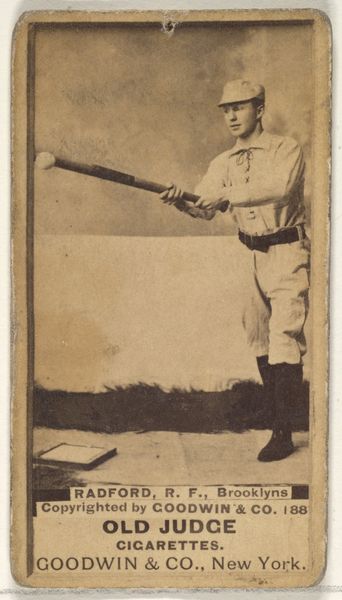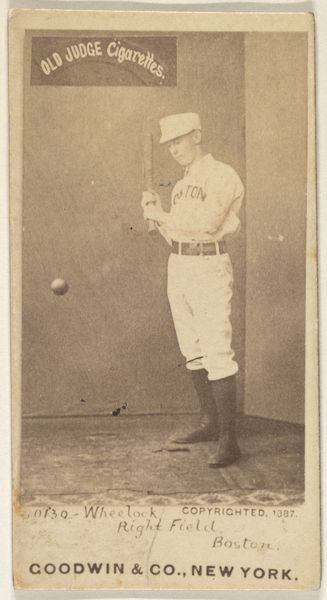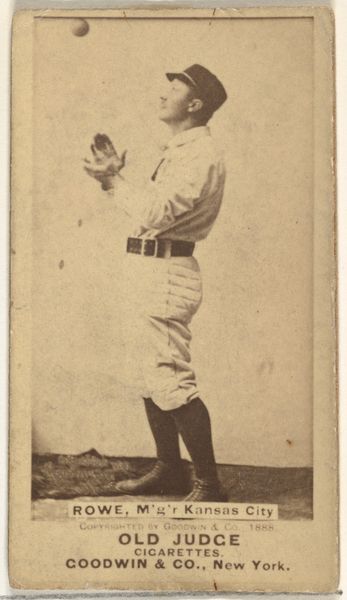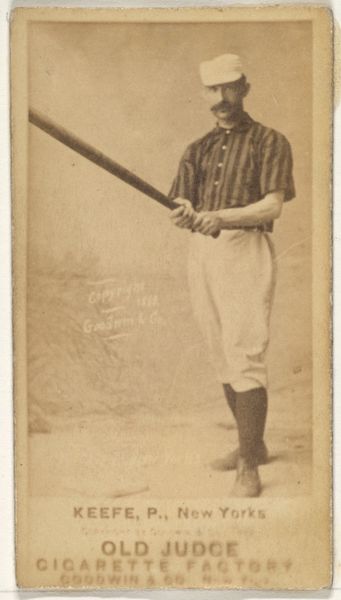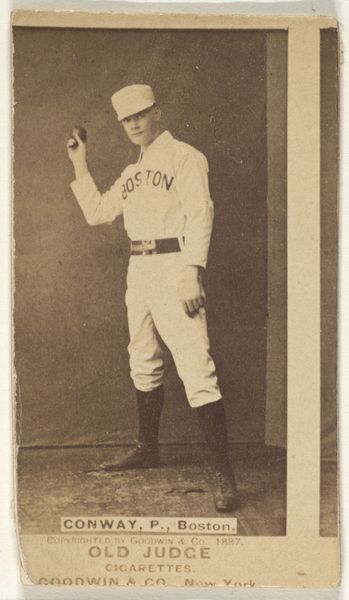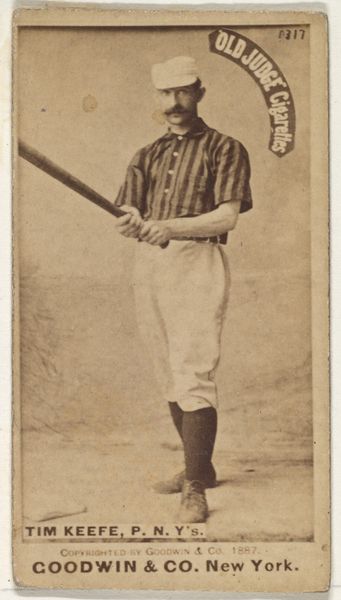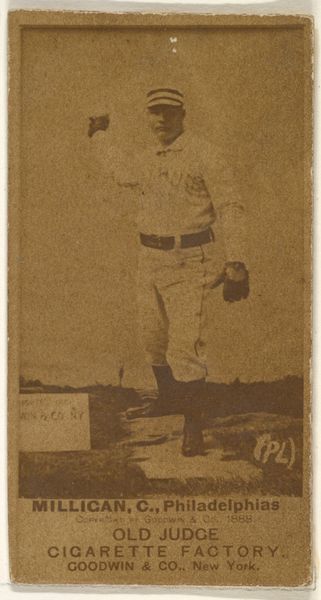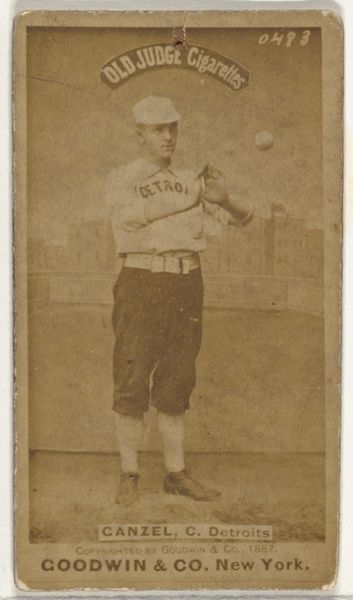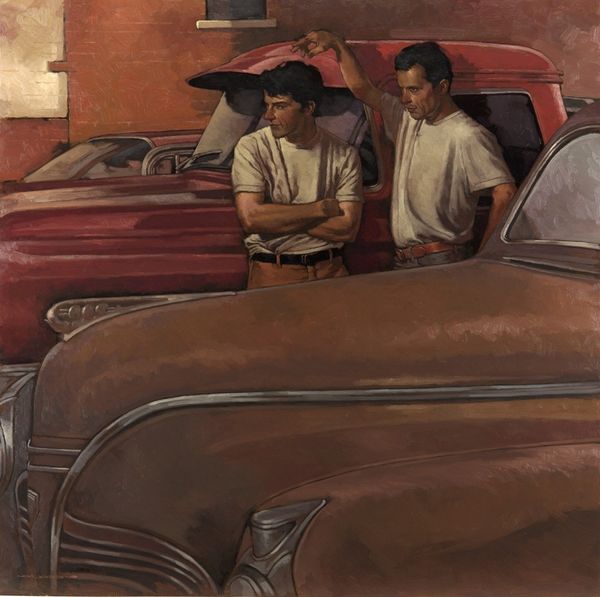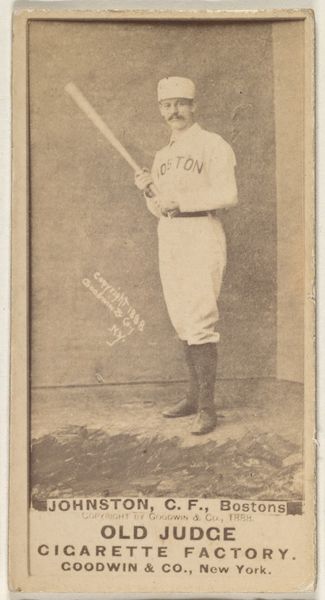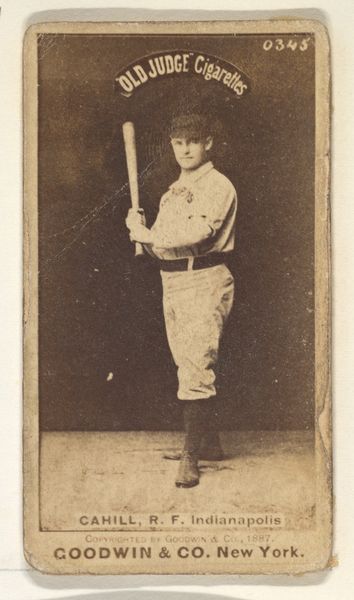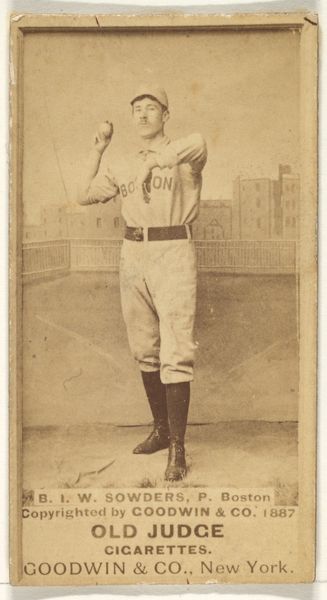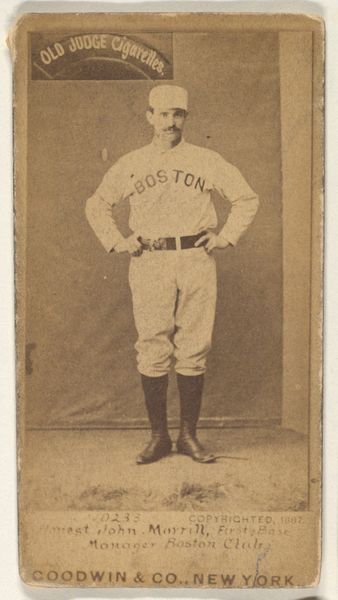
painting, plein-air
#
portrait
#
painting
#
plein-air
#
figuration
#
genre-painting
#
academic-art
#
modernism
#
realism
Copyright: Modern Artists: Artvee
Curator: Norman Rockwell’s "The Rookie" from 1957; there is an undeniable tension percolating in the depicted locker room. Editor: It’s true. Beyond the tension, what strikes me immediately is how staged and consciously composed the painting feels. Almost like a tableau. The careful arrangement of bodies and objects draws my attention to labor; to baseballs, leather, shoelaces and wood. Curator: Look closer and it unfolds almost cinematically. Rockwell was a master of visual storytelling, borrowing much from classical compositional structures. That figure, the newcomer in his almost comically clean suit – a symbolic innocence confronting seasoned experience. Editor: But how is that innocence conveyed beyond costume? Think of all the material support—textiles and leather especially—that went into fabricating his visual presence as different, which is probably far less innocent when you begin to add up the means and exploitation it required. Curator: Interesting…I hadn’t quite thought about the darker implications of creating an ‘innocent’ figure. His appearance amplifies the thematic conflict. Observe the other players: the spectrum of reactions from curiosity to skepticism, anxiety, and even mockery. This echoes the psychological undercurrents of group dynamics in such a hierarchical environment. Editor: It also makes me consider how those hierarchies themselves depend on very material, even corporeal factors: the textures of sweat, the signs of labor written into bodies marked by exposure to weather and hard repetitive action, which seem in opposition to the suited player's bourgeois accessories of suitcase and carefully shined leather loafers. Curator: Exactly, there's also the light, no? The diffuse sunlight seems to highlight the players’ faces, casting symbolic shadows which serve to humanize them while simultaneously obscuring judgment. Consider the locker room too as a container: of sweat, hopes, disappointments and shared cultural values associated with idealized masculinity in mid-century America. Editor: Right, a container materially constructed of simple planks; we shouldn’t disregard the conditions of its making either—the history of its assembly and finishings, the wood. To see the men as figures defined by that setting reorients them to questions of who owns them and their space as labor. Curator: So, through focusing on this convergence of formal devices and symbolism we are considering it not merely as Americana nostalgia, but as a deeper social and psychological observation, exposing cultural tensions through a carefully orchestrated scene. Editor: Precisely, analyzing through its means, it moves beyond narrative into examining the material processes that constitute class differences, both depicted and enacted in producing it.
Comments
No comments
Be the first to comment and join the conversation on the ultimate creative platform.
